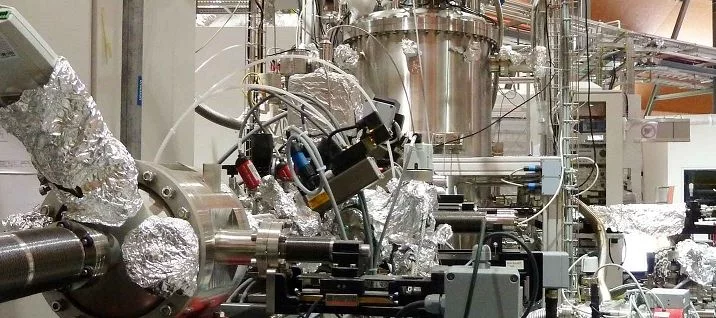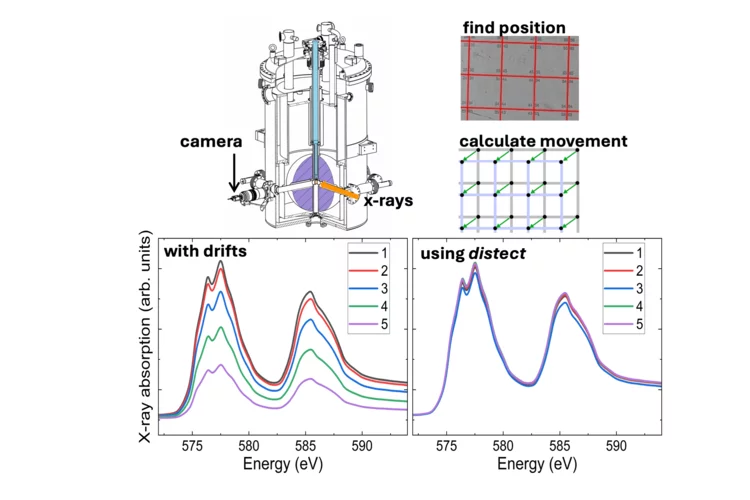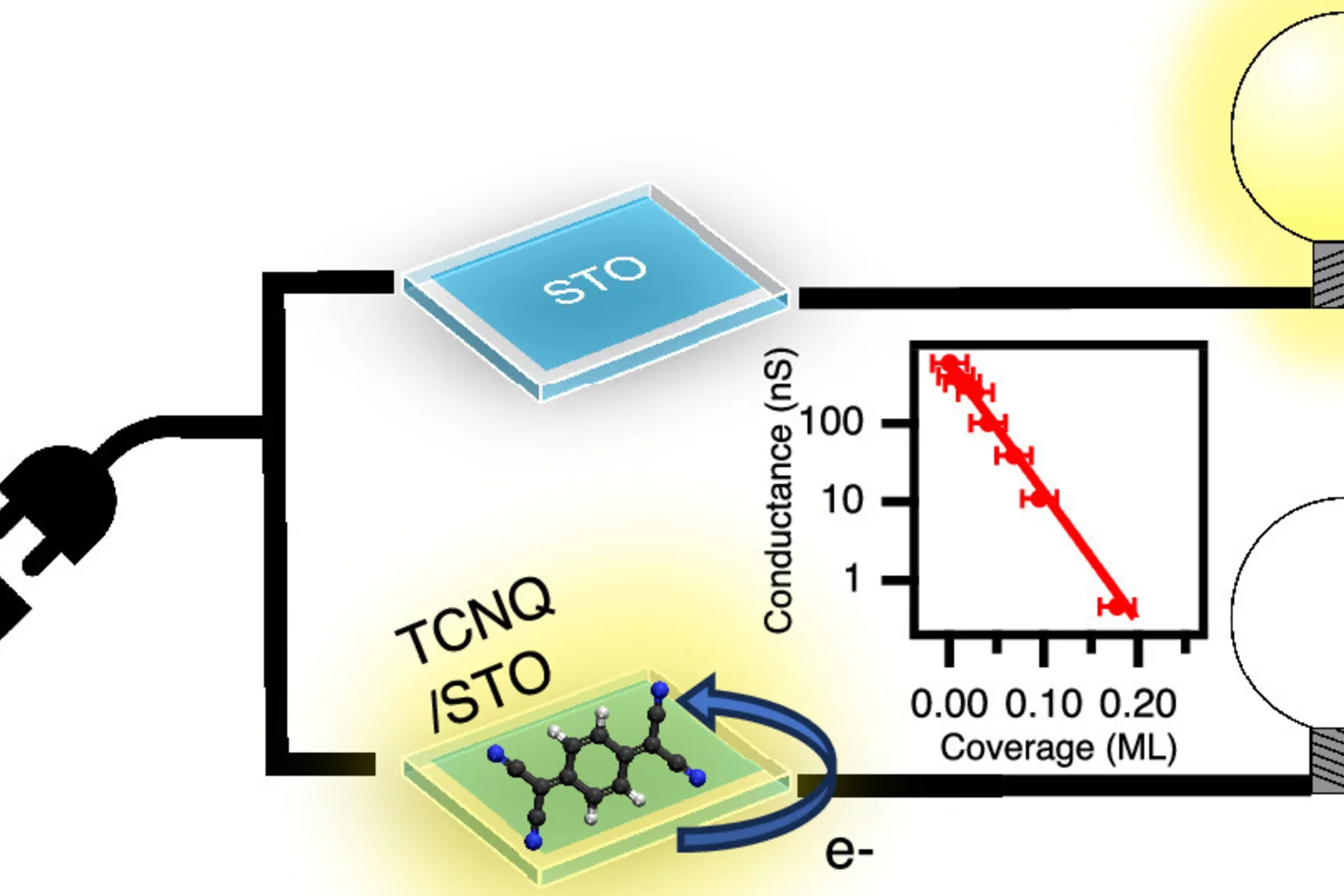
The X-Treme beamline, run by the Microscopy and Magnetism Group, produces a high flux of soft x-rays with variable polarization (circular left, circular right and linear polarization in any angle between 0 and 90 degrees) from an Apple-II undulator source.
The end station is equipped with a superconducting 2D vector magnet operating at 7 T single direction or 2 T vectorial field and a 2 K sample insert. The end-station is also equipped with an in-situ sample preparation system and a variable-temperature scanning tunneling microscope. In order to prepare for their experiment, users are asked to look at the end-station webpage, at the user information webpage and at our frequently asked questions section.
The beamline mostly focuses on measurements involving x-ray magnetic circular and linear dichroism at transition metal L2,3-edges (transition 2p -> 3d), lanthanide M4,5 edges (transition 3d -> 4f) and oxygen or nitrogen K-edges (transition 1s -> 2p). Typical systems studied are single atoms on surfaces; molecules or single-molecule magnets in bulk or on surfaces; superlattices and ultra-thin films. Different detection modes are available: total electron yield, total fluorescence yield, transmission and x-ray excited optical luminescence.
The X-Treme beamline and end station were constructed by a consortium including PSI (Microscopy and Magnetism group, SLS) and the group of Prof. Harald Brune, Laboratory of Nanostructures at Surfaces at EPFL. The funding for the beamline construction was provided by PSI and the one for the end station from the EPFL and the Swiss National Science Foundation.
| Energy range | 400-2000 eV |
|---|---|
| Flux (700eV) | 4 x 10^15 photons / s / 0.1%BW / 0.4 A typically 10^12 photons / s at sample position (0.1 eV energy resolution, 700 eV photon energy) |
| Focused spot size | exit slit µm x 230 µm (V x H) |
| Spectral resolution | > 5000 |
| Polarization | Linear: 0 deg (horizontal) to 90 deg (vertical) Circular: right / left |
Current Highlights and News
Antiferrodistortive and ferroeletric phase transitions in freestanding films of SrTiO3
Epitaxially grown thin films are commonly used to strain engineer electronic properties by the choice of a substrate, and therefore do not match bulk properties (leading to properties that deviate from the bulk material). Free standing ultrathin oxide films are expected to preserve the bulk-like properties due to the absence of substrate influence. However, we show that this expectation is not fulfilled with ultrathin free standing SrTiO3, as they get ferroelectric at 80K.
Sample-position tracking using computer vision algorithms
In a collaboration between PSI and the Zurich University of Applied Sciences, a sample position tracking setup based on a computer vision algorithm was developed to automatically track the sample position. A factor of ten improvement on the overlap between consecutive x-ray absorption spectra was obtained when the automatic sample tracking was used.
Switching Off the Surface Conductivity of Strontium Titanate by Non-Volatile Organic Adsorbates
Strontium titanate is a wide band gap semiconductor. Its surface can be rendered conductive by a mild annealing in vacuum. The present study reveals that by deposition of less than a monolayer of non-volatile organic molecules such as tetracyanoquinodimethane (TCNQ) this conductivity can be completely turned off. In view of the small size of TCNQ (ca. 1 nm) this could allow new pathways toward oxide-based electronics.



